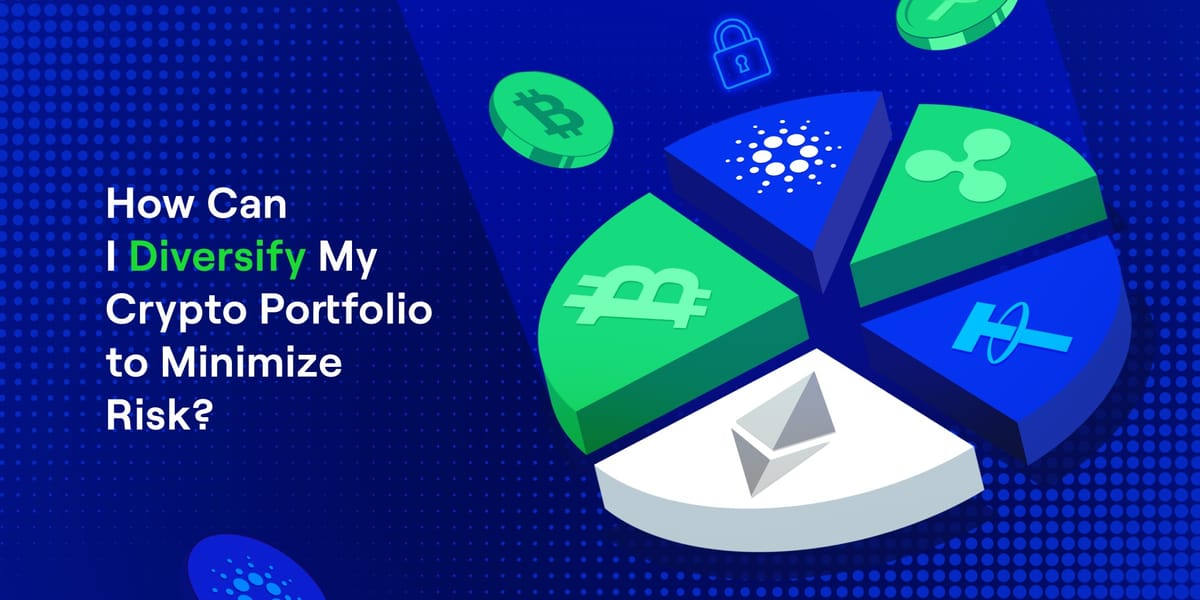Can you believe it? Bitcoin, the “rebel” of the finance world, just turned sixteen! While most teenagers are learning to drive, Bitcoin is busy changing the world of money. It started back in 2008, right after a big financial crisis, and has grown into a global phenomenon, overcoming all kinds of challenges along the way.
But how did an idea from a simple online document spark such a big movement? Let’s look at Bitcoin’s journey from its humble beginnings to its status as a leader in the financial world and explore what the future might hold for this technology.
The Beginning: The Bitcoin Whitepaper
Imagine a world where you don’t need banks to control your money, where people can send money to each other directly, free from middlemen or restrictions. This was the vision in the original Bitcoin whitepaper, published on October 31, 2008, by the mysterious creator known as Satoshi Nakamoto.
During the financial crisis, this whitepaper introduced a new idea: a digital currency without central control, running on a technology called blockchain. This system allowed for peer-to-peer transactions that could change people’s thoughts about money.
Here are some main points from the whitepaper:
Decentralization: No single person or group controls Bitcoin. It runs on a shared network, making it hard to censor or control.Direct Transactions: Payments happen directly between users, so there’s no need for banks.Limited Supply: Only 21 million Bitcoins will ever exist, which could help keep its value steady over time.
Curious? You can check out the original Bitcoin whitepaper online.
The Mystery of Satoshi Nakamoto
Bitcoin’s story is even more interesting because we still don’t know who created it. Satoshi Nakamoto used a fake name, and their identity remains a mystery. Recently, an HBO documentary suggested that developer Peter Todd might be Satoshi, but people are still debating this. Whoever they are, Satoshi changed the financial world forever.
Top 10 Applications of Blockchain Technology Beyond Finance
Here are the Top 10 Applications of Blockchain Technology Beyond Finance: Supply Chain Management, Healthcare, Voting and Elections, Education
Bitcoin’s Teenage Years (Growth and Growing Pains)
At first, only tech enthusiasts knew about Bitcoin. In 2010, someone used 10,000 Bitcoins to buy two pizzas, a famous moment in Bitcoin’s early history! In its early years, Bitcoin faced challenges like skepticism and security issues, but it kept growing and attracted a devoted community.
Bitcoin’s Growth and Challenges
Like any teenager, Bitcoin has gone through growth and struggles. Here are some major moments:
2010: The first Bitcoin exchange opens, allowing people to trade Bitcoin for regular money.2011: The dark web site Silk Road adopts Bitcoin, showing its potential for private transactions and sparking controversy.2013: Bitcoin’s price hits $1,000 for the first time, drawing more interest.2014: A major hack at Mt. Gox (a big Bitcoin exchange) results in huge losses and damages trust.2017: Bitcoin’s price soars to nearly $20,000 due to media attention and speculative investments.2018: A big price drop reminds investors of Bitcoin’s volatility.
Why Bitcoin’s Price Is So Unpredictable
Bitcoin’s price is known for its big swings. Here are some reasons why:
Supply and Demand: Since there’s a limited supply of Bitcoin, high demand can drive up the price, while bad news can lead to sell-offs.Media Influence: Good or bad news can affect people’s interest and impact prices.Large Investors: Wealthy holders can buy or sell large amounts, affecting the price.Regulation: Government rules can also impact Bitcoin’s value and adoption.
The “HODL” Mentality
Despite the ups and downs, many Bitcoin fans follow a “HODL” approach, meaning they hold on to their Bitcoin in hopes of future growth. It’s a popular strategy in the community and shows belief in Bitcoin’s long-term value.
Challenges with Speed and Scale
As Bitcoin’s popularity grew, its system began to slow down. To solve this, developers created solutions like the Lightning Network, which allows for faster, cheaper transactions, helping Bitcoin work better for everyday use.
Regulations Around the World
Governments worldwide have responded differently to Bitcoin. Some have welcomed it, while others have imposed restrictions or even banned it. These changing rules affect how widely Bitcoin is used and how its price behaves.
11 Best Indicators for Crypto Trading: A Beginner Guide
In the fast-paced crypto world, using the best indicators for crypto trading can help navigate the big ups, downs, and surprises. In this fast-moving environment, technical indicators are your guide, helping you make better trading decisions. Think of the best indicators for crypto trading as helpful tools. They look at

Bitcoin at 16 (A Coming-of-Age Story)
Bitcoin has grown up! Now, at sixteen, it’s no longer a newcomer but a big player in finance, worth over $1.4 trillion (as of October 31, 2024). With more applications and services than ever, Bitcoin has come a long way.
Bitcoin’s Current Success
Bitcoin recently reached a new high, passing $70,000 for the first time in months. This shows growing trust in Bitcoin and its acceptance as a real asset. Many big companies, like Tesla and MicroStrategy, now own Bitcoin, adding to its stability and value.
Bitcoin ETFs
The approval of spot Bitcoin ETFs was a major step forward. These funds let people invest in Bitcoin easily without directly owning it. BlackRock’s iShares Bitcoin Trust is leading the way, proving that demand for Bitcoin investments is strong.
More Bitcoin Transactions
October marked a record for Bitcoin transactions, with over 20 million transactions. This increase shows that more people are using Bitcoin, not just to save but to actually buy and sell things.
What Are the Best Practices for Managing My Crypto Assets?
Here are the best practices for managing your crypto assets: Security first, Diversify, Manage risk, pick between long-term or short-term

What’s Next for Bitcoin?
Bitcoin’s future has a lot of potential but also some challenges.
Decentralized Finance (DeFi): Bitcoin’s independence from banks makes it perfect for decentralized financial services, like lending and trading.Web3: Bitcoin could be a key player in building a decentralized internet, allowing secure, direct transactions for online apps.Store of Value: With limited supply, Bitcoin is often seen as “digital gold” and could help protect against inflation, especially in countries with unstable currencies.
New Technologies on the Horizon
Lightning Network: This upgrade will make Bitcoin transactions faster and cheaper, helping it become more practical for everyday use.Taproot: Taproot adds more privacy and options for developers, allowing more complex apps to be built on Bitcoin.
Environmental Concerns
Bitcoin’s energy use has raised concerns. The industry is working on cleaner solutions, like using renewable energy and improving mining efficiency, to make Bitcoin greener.
Challenges Ahead
Competition: New cryptocurrencies keep emerging, so Bitcoin must keep evolving.Regulation: Governments are still deciding how to regulate Bitcoin, and its future depends on navigating these rules.
Experts’ Views
Experts believe that Bitcoin is still in its early stages but has the power to reshape finance with its security and scarcity.
Conclusion: Bitcoin’s Ongoing Revolution
Bitcoin has grown from an idea to a global movement. As it heads into adulthood, its role in the future of finance is clearer than ever, whether for decentralized applications, global payments, or as a safe place to store value.
Ready to be part of the Bitcoin story?
Create a Busha account and start your crypto journey with a trusted platform.Download the Busha app for easy access to Bitcoin and other cryptocurrencies.
The future of finance is here. Don’t miss out.
Read More:
Bitcoin Breaks $71,000: An All-Time High Next?
Bitcoin has once again surged to impressive heights, recently crossing the $71,000 mark for the first time since June 2024. Although this isn’t yet a new all-time high, bitcoin previously reached $73,750 in March 2024. The recent rise has sparked excitement across the crypto world, with many

How Can I Diversify My Crypto Portfolio to Minimize Risk?
To diversify your crypto portfolio, Review What You Own, Set Your Goals, Research, Spread Your Investments, & Keep Everything Balanced




















